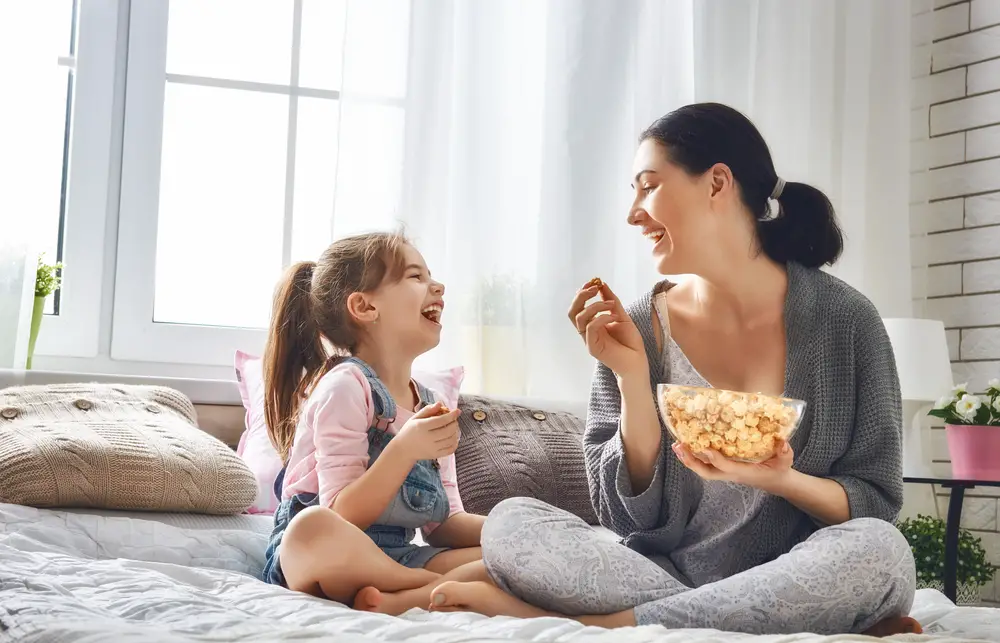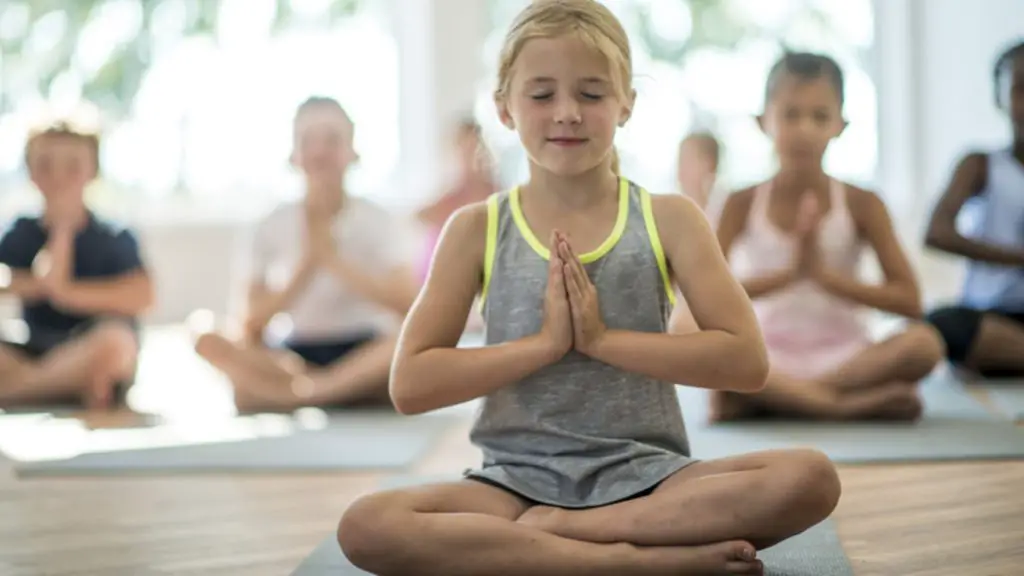Meditation promotes mental and emotional well-being for everybody, from older adults to young children. But how is meditation good for children?
Studies show that mindfulness and meditation help kids focus better, learn emotional regulation skills, and build psychological resilience. This is particularly helpful for children with ADD or ADHD, although any child would reap the benefits of the practice.
Introducing and teaching meditation to children can be quite simple. If you’re a parent or an educator, consider sharing these meditation techniques to your child or student:
1. Visualize a story together.
Sit down comfortably with your child and tell them a story. As you narrate to them, encourage them to imagine the characters, details, and other details. Allow them to give their own ideas, as you go along the story. Let them be as imaginative and creative as they’d like to be.
2. Have a mindful snack.
Give your child a biscuit, cookie, or a piece of chocolate. Instead of letting them eat it right away, tell your child to be mindful as they chew, taste, and swallow. Encourage them to do it very slowly, and describe the flavors and textures they experience.

3. Go for a walk.
If you’ve ever tried mindful walking, try taking your child along. Together, notice the sounds that you can hear, the temperature of the air, as well as the appearance and textures of your surroundings.
You can even go for a picnic and simply appreciate nature together. Observe the clouds, for example, and ask your child what they think the clouds look like. Allow each cloud to pass by, moving on to the next after the other leaves your sight.
4. Draw, paint, or write.
Unlock your child’s artistic skills, and take time to sit down and draw, paint, or journal. You can use an art prompt to help guide you and your child, or you can simple allow your child’s imagination take over. For older children, encourage them to share how they feel and express it through art.

5. Blow bubbles.
To introduce the concept of pranayama, try letting them blow bubbles. Encourage them first to take a deep breath in, and then exhale by blowing the bubbles through a bubble wand. Allow them to observe the bubbles, noticing their colors and shape, as they float away.
6. Try kids yoga.

Kids yoga is a fun, non-competitive physical activity that can help your child build body awareness and learn mindfulness. It can also help build self-confidence and self-compassion, which are particularly needed for children with self-esteem issues and anxiety. Better yet, try doing yoga as a family or as a class.



